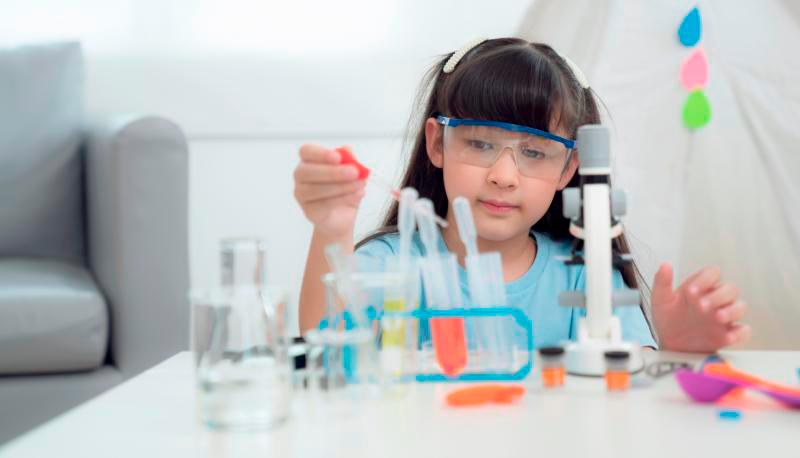SCIENCE experiments are not only educational but also incredibly fun for kids. Engaging in hands-on activities allows children to develop their critical thinking skills while having a great time. We will explore seven easy science experiments that kids can enjoy using simple household materials.
Each experiment will be explained step-by-step, highlighting the scientific concepts behind them. These experiments are perfect for young scientists to ignite their curiosity and cultivate a love for learning.
BALLOON ROCKET
Materials:
Balloon
String
Plastic straw
Tape
Scissors
Procedure:
1. Cut a long piece of string and tie it between two sturdy points.
2. Thread the straw onto the string and secure it in place with tape.
3. Inflate the balloon and pinch the opening.
4. Tape the inflated balloon to the straw.
5. Let go of the balloon and watch it zoom along the string.
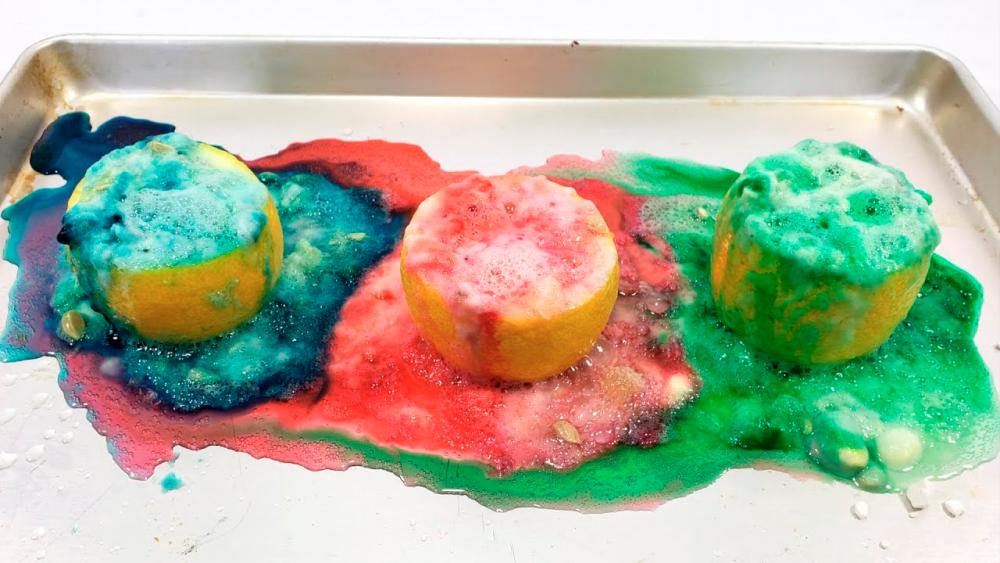
MAGIC MILK
Materials:
Milk
Food colouring
Dish soap
Cotton swabs
Dish or shallow bowl
Procedure:
1. Pour the milk into the dish, filling it to cover the bottom.
2. Add drops of different food colouring to the milk.
3. Dip a cotton swab into the dish soap.
4. Touch the soapy swab gently to the surface of the milk and observe the magical burst of colours.
LEMON VOLCANO
Materials:
Lemon
Baking soda
Dish soap
Food colouring
Knife
Plate
Procedure:
1. Cut the lemon in half and place it on the plate, cut side up.
2. Squeeze some dish soap onto the lemon.
3. Add a few drops of food colouring to the soap.
4. Sprinkle baking soda generously onto the lemon.
5. Watch as the lemon volcano erupts, creating a fizzy reaction.
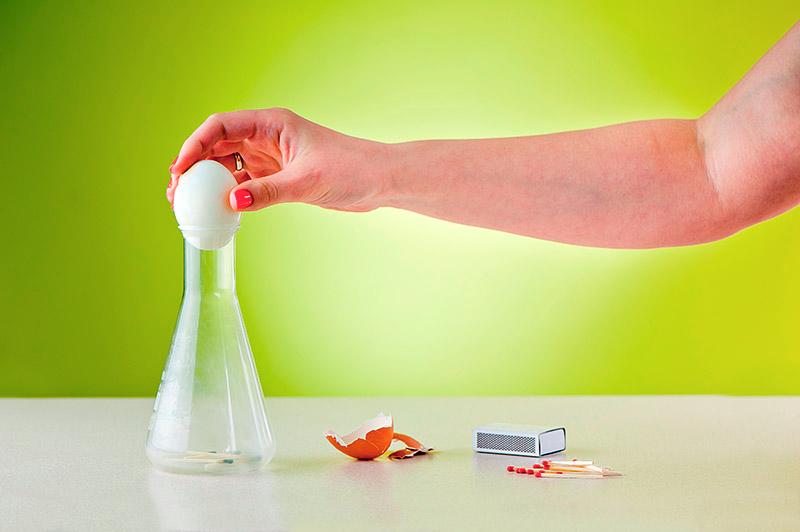
EGG IN A BOTTLE
Materials:
Hard-boiled egg
Glass bottle with a narrow neck
Matches or lighter
Paper
Procedure:
1. Peel the hard-boiled egg.
2. Light a match or lighter and place it inside the bottle.
3. Quickly place the egg on top of the bottle, ensuring it covers the opening completely.
4. Observe as the egg gets sucked into the bottle.
LAVA LAMP
Materials:
Clear bottle or jar
Vegetable oil
Water
Food colouring
ENO
Procedure:
1. Fill the bottle or jar about three-quarters full with vegetable oil.
2. Add water to almost fill the remaining quarter of the container.
3. Add a few drops of food colouring to the mixture.
4. Pour ENO powder to the mixture.
5. Watch as the colourful blobs rise and fall, creating the illusion of a lava lamp.
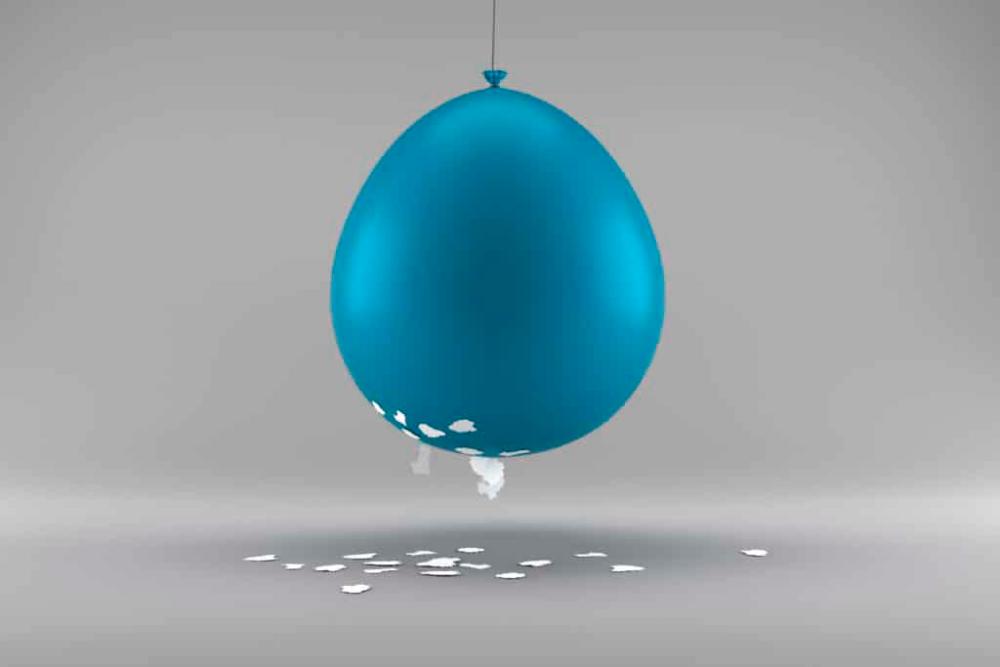
STATIC ELECTRICITY WITH BALLOONS
Materials:
Balloons
Wool or fur fabric
String
Procedure:
1. Inflate the balloons.
2. Rub the balloons against the wool or fur fabric for about 10 seconds.
3. Hold the balloons near each other without touching.
4. Observe as the balloons repel each other due to the build-up of static electricity.
BENDING WATER WITH STATIC ELECTRICITY
Materials:
Balloon
Water
Hair or wool fabric
Faucet
Procedure:
1. Turn on the faucet to create a thin stream of water.
2. Rub the balloon against your hair or a wool fabric for about 10 seconds.
3. Bring the balloon close to the water stream without touching it.
4. Observe as the water stream bends towards the balloon.
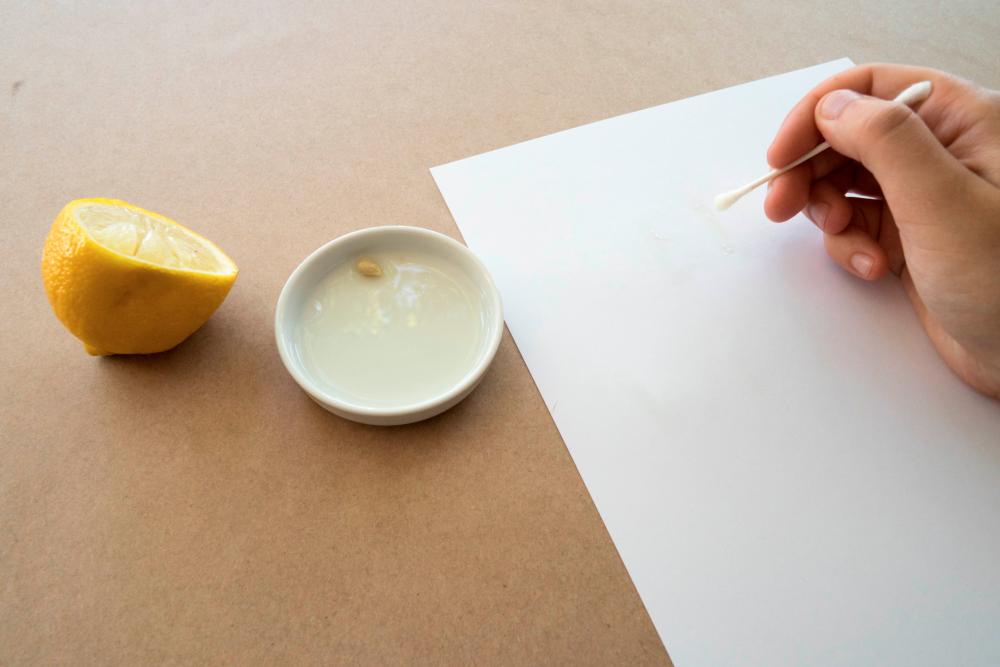
INVISIBLE INK
Materials:
Lemon
Water
Bowl
Cotton swab or paintbrush
White paper
Heat source (e.g., lamp, iron)
Procedure:
1. Squeeze the juice from the lemon into the bowl and add an equal amount of water.
2. Dip the cotton swab or paintbrush into the lemon juice mixture.
3. Use the swab or brush to write or draw on the white paper.
4. Allow the paper to dry completely.
5. To reveal the invisible ink, gently heat the paper using a lamp or iron set to a low heat. The lemon juice will react and become visible.
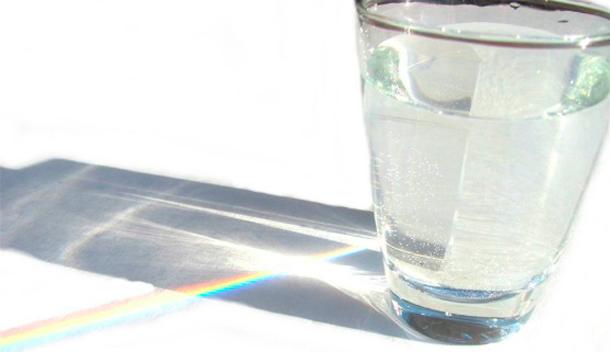
RAINBOW REFLECTIONS
Materials:
Glass of water
White paper
Flash light or sunlight
Procedure:
1. Fill the glass with water.
2. Place the glass on a table near a white paper.
3. Position the flash light or sunlight so that it shines through the glass and onto the paper.
4. Observe the rainbow of colours reflected on the paper.
Engaging in simple science experiments not only entertains children but also sparks their curiosity and nurtures their understanding of scientific concepts. These seven experiments provide a wonderful starting point for young scientists to explore the wonders of the natural world.
By encouraging hands-on learning, we can inspire a lifelong love for science in children.



